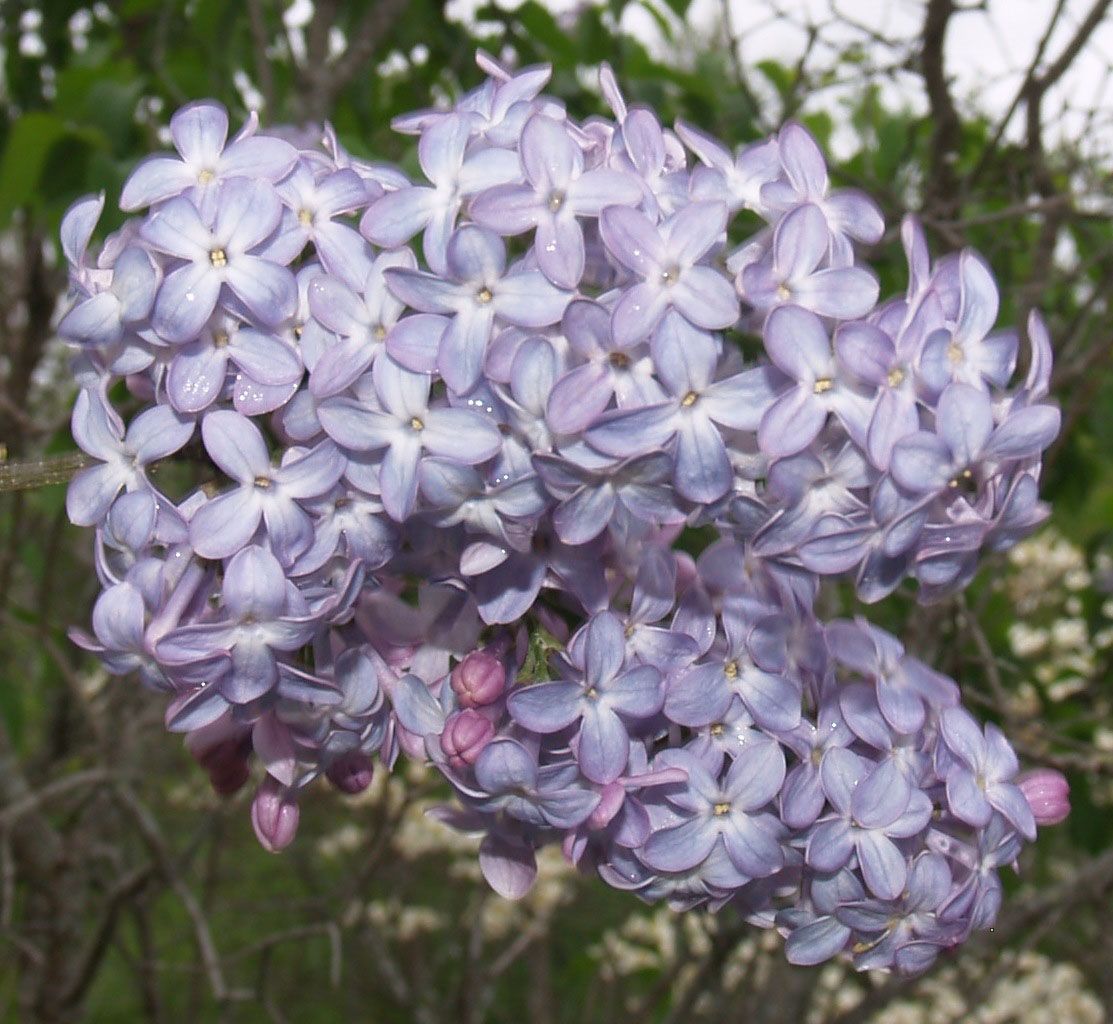Gardening questions pour in like the rain
Published 12:00 am Friday, April 18, 2014
SALISBURY — Cooler weather earlier this week has many gardeners afraid to plant for fear of late frosts.
Ironically, April 15 is generally considered the guide for spring planting in the Piedmont.
But experienced gardeners and producers know to take the date with a grain of salt and keep an eye on the extended weather forecasts. Be careful when planting tender annuals as unseasonable frosts can often reach into late April. Many are still pressing forward with gardening questions. Below are a few questions posed by homeowners.
Question: My grandmother had a lilac at her home that always bloomed at this time of the spring. I’ve tried to grow one at my home and have had little success. Can you give me some recommendations on how to succeed with lilacs?
Answer: Lilacs require well drained soils with ample sunlight, at least six hours of full sun a day. The shrub also requires a slightly alkaline soil, so regular liming applications would be necessary for our red clay acid soils. There are a number of cultivars available that are dwarf and disease resistant. Go to http://www.ces.ncsu.edu/fletcher/staff/rbir/syringaculture.html for more detailed information on lilacs in North Carolina.
Question: I was in the yard yesterday and noticed one of the camellias in our landscape had yellow spots on the leaves. When I turned it over I found this white powder. What is this and how do I control it?
Answer: Your problem is an insect, camellia tea scale. It is a very common scale insect that is a pest on camellias and other evergreen shrubs. Spray with horticultural oil that will entirely coat the leaves. The coating will smother and help control the insect pest. Go to http://www.ces.ncsu.edu/depts/ent/notes/O&T/shrubs/note50/note50.html for more detailed information on camellia tea scale and its control.
Question: I was visiting my mother’s old home place this weekend in the mountains and found some daffodils and I want to move and bring them to my home landscape. When and how is the best way to move the bulbs?
Answer: It’s best to be make sure the daffodil bulbs are dormant before digging. Mark the area with a label and wait until the foliage turns yellow or brown. Dig the bulbs up and gently pull apart to separate them. Be as gentle with them and careful as you can so as not to damage them. Some may need to be divided. Relocate them in an area that is well-drained with plenty of light. Go to http://www.ces.ncsu.edu/hil/hil-611.html for more detailed information on planting daffodils and other bulbs.
Darrell Blackwelder is the county Extension director with horticulture responsibilities with the North Carolina Cooperative Extension Service in Rowan County. Learn more about Cooperative Extension events and activities by calling 704-216-8970, Facebook or online at www.rowanextension.com




